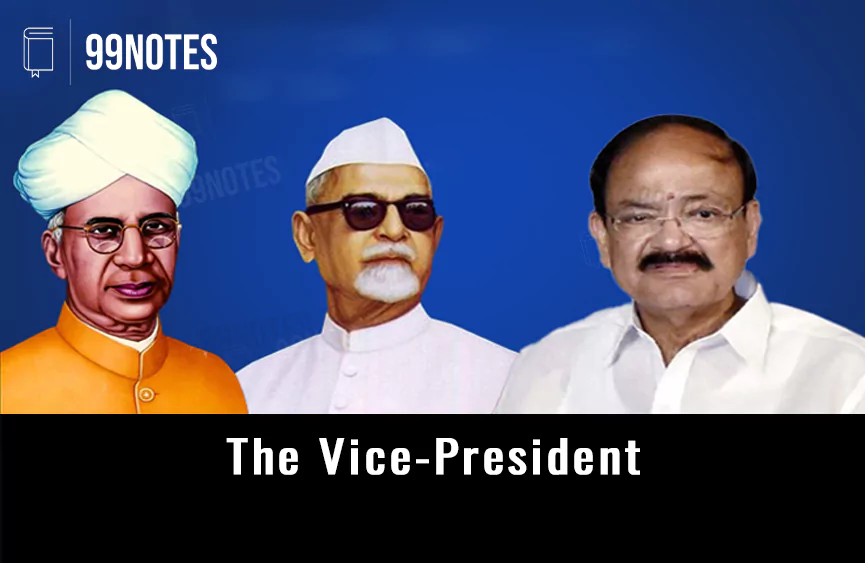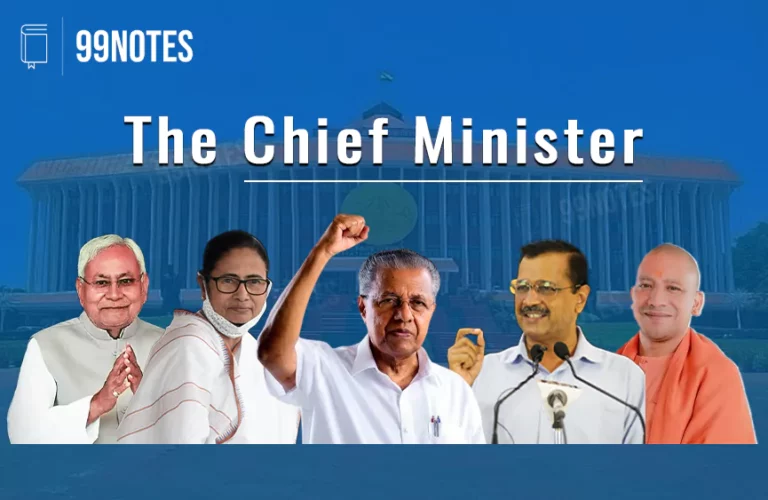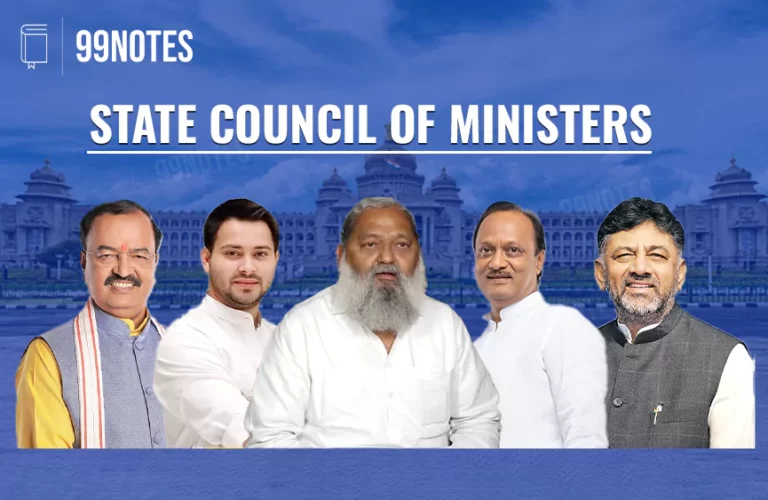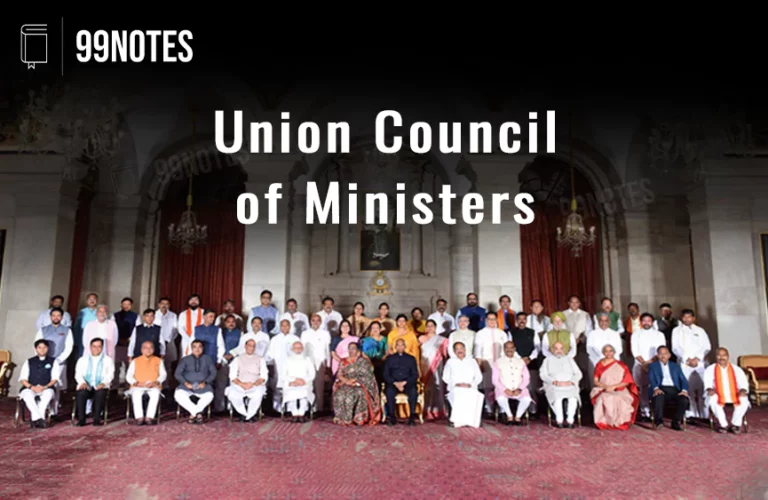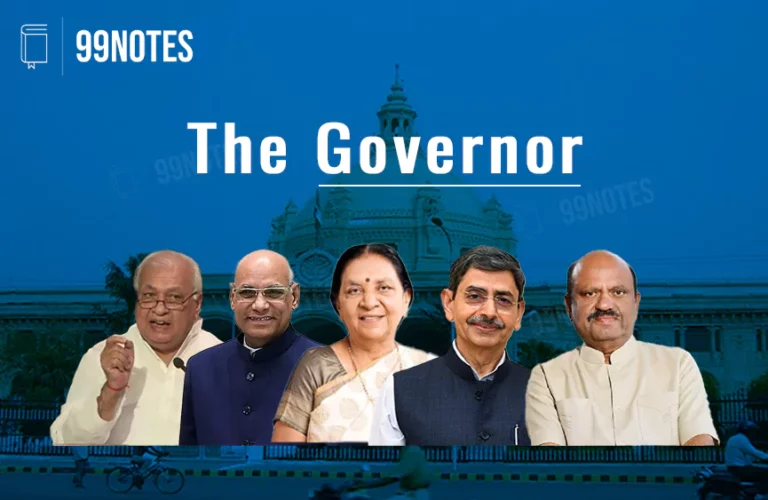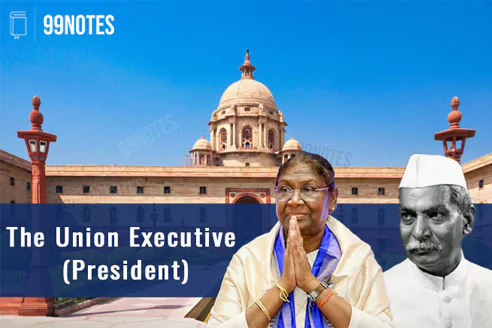The Vice President of India UPSC Notes
Vice President of India
Article 63 of the Indian Constitution provides that there shall be a Vice-President of India. The Vice President of India is the second highest Constitutional Post after the President. The position of the Indian Vice-President is modelled on the American Vice-President as s/he performs the dual role of Vice-President and the ex-officio Chairperson of the Rajya Sabha.
Qualifications of Vice President of India
The eligibility to stand for the election of the Vice-President is the following:
- S/he should be a citizen of India;
- S/he should have completed 35 years of age;
- S/he should be qualified for election as a member of the Rajya Sabha.
- Further, 20 electors must support his/her candidacy as proposers, and 20 electors must back as seconders.
- Every candidate must deposit ₹15000 in the Reserve Bank of India.
Conditions of Office
- S/he should not hold any office of Profit under any public authority. The sitting President, Vice-President, or Governor of any state or minister of the Union and states is not considered to hold any office of Profit and hence eligible for the election.
- S/he must not be a member of either house of the Parliament or any state legislature. If such a member is elected as the Vice-President, s/he is deemed to have vacated his/her seat on the date of entering his/her office.
Oath of Vice President
Article 69 provides for the oath or affirmation of the Vice-President of India. The President of India administers the oath of office and secrecy.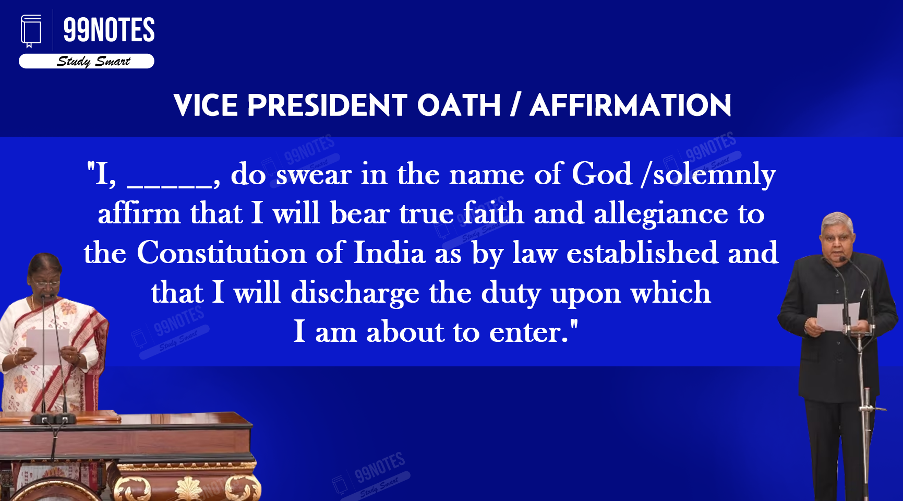
Vice President Election
The Vice-President is elected through an indirect election by an electoral college comprised of both elected and nominated members of the Parliament.
Election Disputes
- The Supreme Court adjudicates all doubts and disputes regarding the election of the Vice-President, and its decision is final.
- If the election of the Vice President is declared void, all acts done by him/her before such declaration remain valid.
Term of Office, Emoluments, Removal and Vacancy in the office
- The Vice-President of India serves a five-year term from the date s/he enters the office.
- S/he can resign from the office anytime by addressing the resignation letter to the President.
Emoluments of Vice President
- The Constitution does not provide any emoluments to the Vice-President in that capacity. S/he draws his remunerations as the Chairman of the Rajya Sabha.
- When s/he acts as the President, s/he is not entitled to the remunerations and allowances of the Rajya Sabha chairman but the remuneration and allowance of the President.
Removal of Vice President
- The removal of the vice president does not require a formal impeachment
- S/he can be removed by a resolution by all the members of the Rajya Sabha (Effective majority) and agreed to by the Lower House (Simple majority). Such a resolution can only be introduced in the Rajya Sabha.
- Further, a 14-day notice should be given to the Vice-President before such a resolution.
- No grounds have been mentioned in the Constitution for his/her removal.
- S/he can hold the office beyond the term of 5 years until his/her successor assumes charge. This provision has been provided to avoid ‘interregnum’ (the period between two successive terms).
- S/he is eligible for re-election for any number of times.
Vacancy of the vice-president office
- The office of the Vice-President can be vacant in the following instances:
-
- On the expiry of his/her tenure;
- By his resignation;
- By his removal;
- By his death
- Or when s/he is disqualified from the office or his/her election is declared void.
- The vacancy caused by the expiry of the term must be filled before the expiration of the term.
- The vacancy caused by any other reason (other than the expiry of the term) must be filled as soon as possible.
- The newly elected Vice-President completes its full five-year term.
The Dual Role of the Vice-President
The Vice-President of India has been conferred with the dual role of the Chairman of the upper house and the President in certain contingencies. This is a particularly unique feature in a Parliamentary form of government. The Constitution makers adopted this feature from the American Presidential system.
The two-fold functions of the Vice-President are:
- As the ex-officio Chairman of the Upper house, s/he presides over the proceedings of the Rajya Sabha. In this capacity, his/her powers and functions are similar to the speaker of the Lok Sabha.
- S/he also discharges the function of the President in case of vacancy in the President’s office due to his removal, resignation, and death or otherwise. S/he can be the President only for 6 months, within which a new President has to be elected.
- S/he also discharges the function of President in his/her absence, illness or any other cause.
- While discharging the duties of the President or acting as President, s/he cannot perform the duties of the Chairman of the Rajya Sabha; the Deputy Chairman of the Rajya Sabha performs those functions.
Position of the Vice-President in India
Even though the position of Vice-President is modelled on the Vice-President of the United States of America, there is a major difference. The Vice-President in the USA succeeds the office of the President when it falls vacant and continues for the rest of the terms, whereas in India, the Vice-President merely serves as the acting President until a new President assumes charge.
Thus, it is clear that the Indian Constitution does not envisage a powerful Vice-President and this office was created primarily for the maintenance of political continuity of the Indian State.
Other Related Links:
| President of India | Prime Minister |
| Union Council of Ministers | The Governor |
| Chief Minister | State Council of Ministers |

